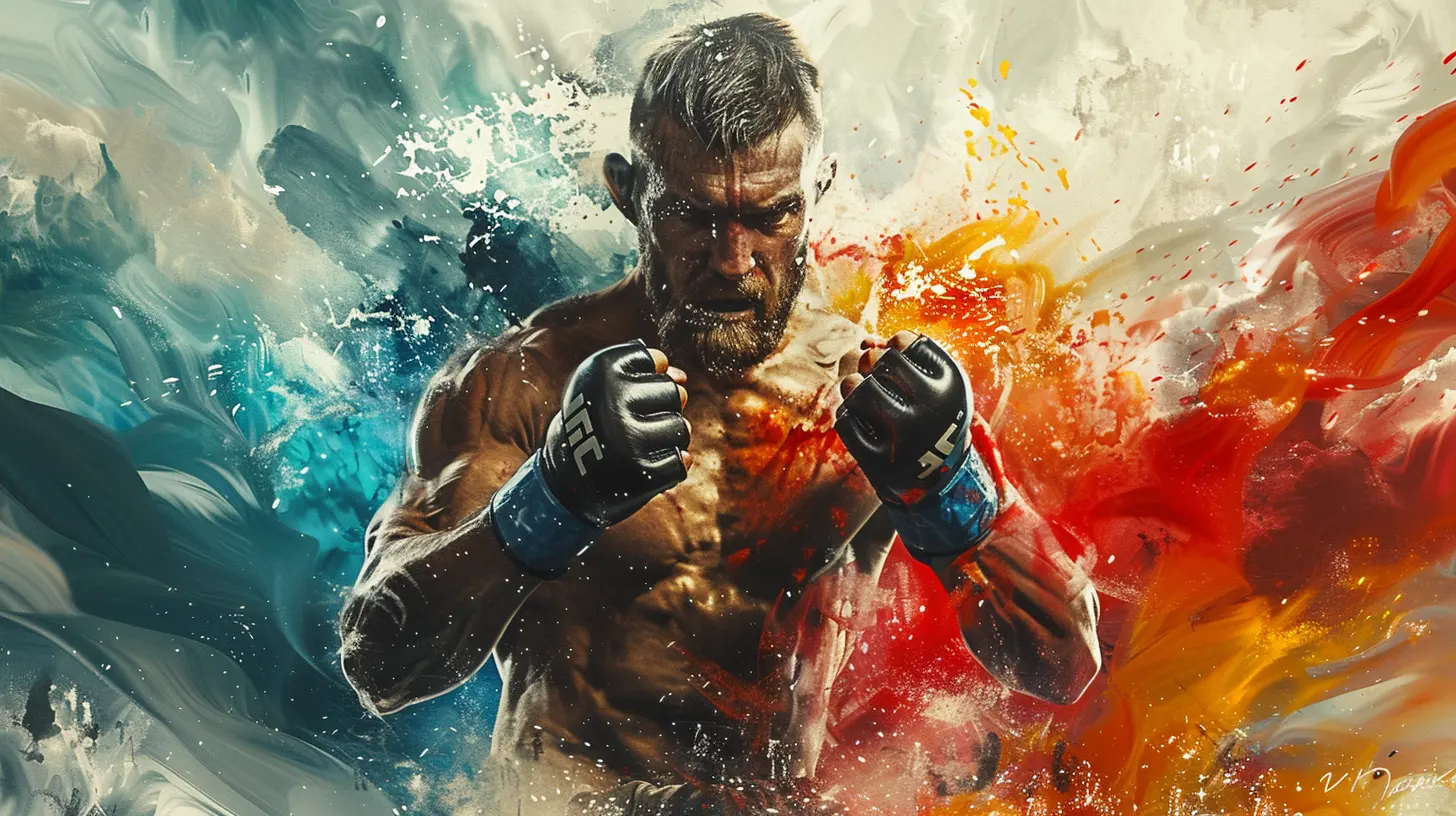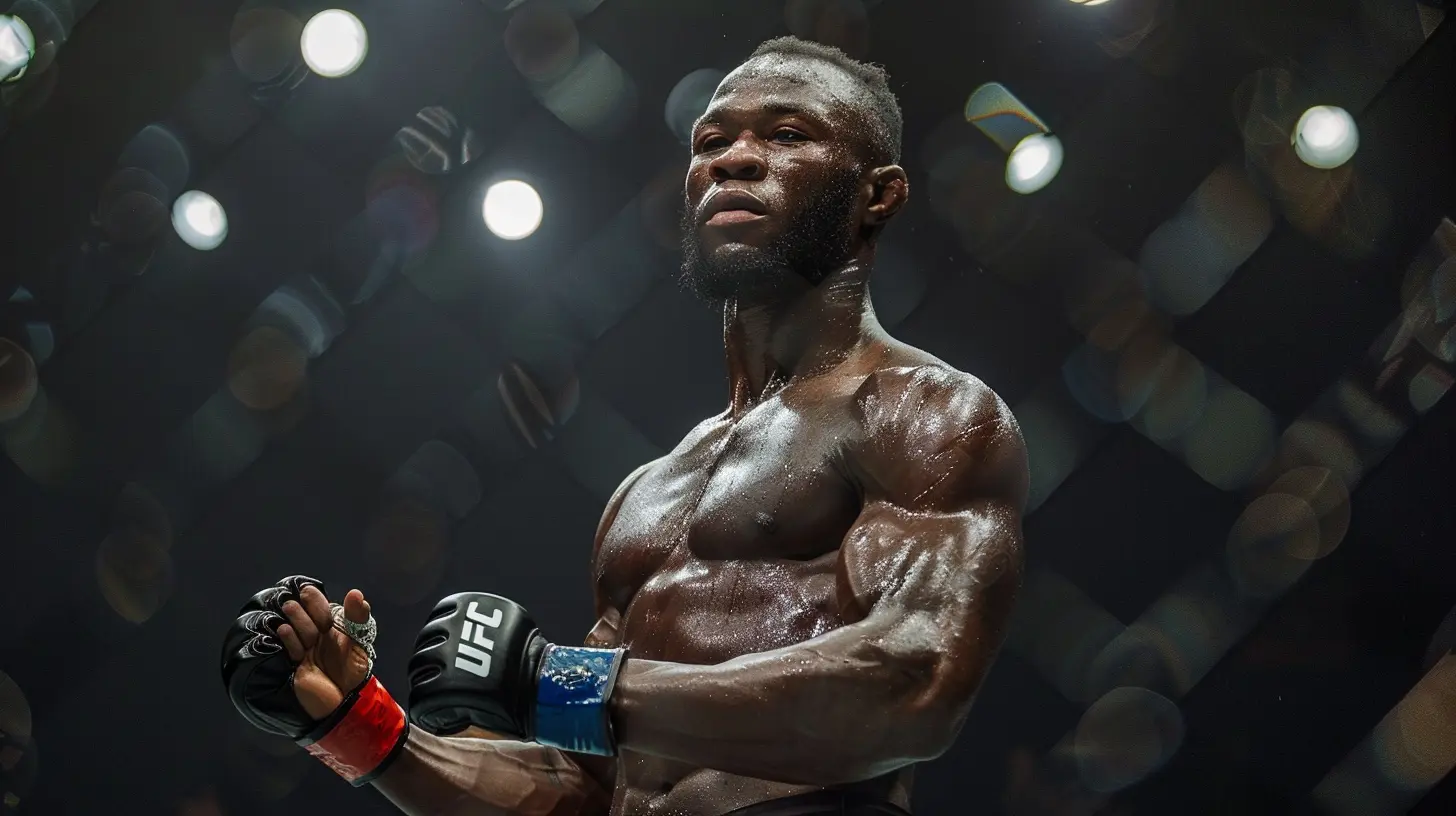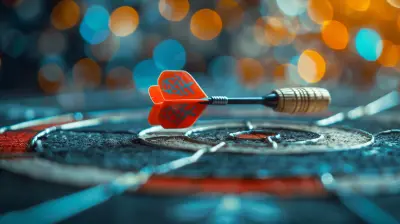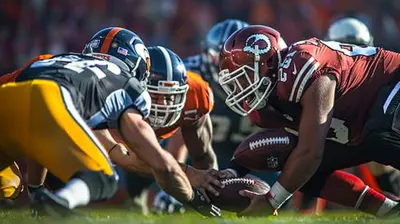4 April 2025
Mixed Martial Arts (MMA) has taken the world by storm over the past few decades, evolving from a niche sport to a global phenomenon. If you’ve ever watched an MMA fight, you’ve probably noticed how dynamic, unpredictable, and downright exciting it can be. But what is it about MMA that has captivated millions of fans worldwide? Why is it being hailed as the sport that’s redefining combat sports as we know it?
Let’s dive deeper into how MMA is changing the game, blending ancient martial arts disciplines with modern athleticism, and creating a sport that’s unlike anything we've seen before.

The Evolution of Combat Sports
A Brief History of Traditional Combat Sports
Before MMA entered the scene, combat sports were pretty clear-cut. You had boxing, where fighters relied solely on punches. Then there was wrestling, where grapplers would try to pin their opponents down. Judo, karate, and kickboxing also had their respective followings, each with their own distinct set of rules and techniques.For centuries, these sports existed in their own silos. You trained in one discipline, mastered it, and competed against others in the same field. It was rare to see a boxer step into a wrestling ring or a karate practitioner square off against a judo expert.
The Genesis of Mixed Martial Arts
Then came the birth of MMA, which brought a revolutionary idea to the table: Why not combine multiple combat disciplines into one? The concept of MMA, as we know it today, started to gain traction in the early 1990s with the introduction of the Ultimate Fighting Championship (UFC). The UFC was designed to pit fighters from different martial arts backgrounds against each other to determine the most effective combat style.What started as an experiment transformed into something much bigger. Fighters soon realized that specializing in just one discipline wasn’t enough. To be successful in MMA, they had to become well-rounded athletes capable of striking, grappling, and defending against multiple forms of attack. Thus, the modern MMA fighter was born.

The Unique Appeal of MMA
A True Test of Skill
Unlike traditional combat sports, which often emphasize a single skill set, MMA is a complete package. Fighters are required to master a variety of techniques from different martial arts disciplines. They need the striking power of a boxer, the grappling finesse of a wrestler, and the submission techniques of a Brazilian Jiu-Jitsu (BJJ) practitioner.This multidimensional approach makes MMA one of the most complex and challenging sports in existence. It’s not just about throwing punches or kicks; fighters need to be strategic, agile, and adaptive. The sheer unpredictability of a fight keeps fans on the edge of their seats because anything can happen at any moment.
The Art of Adaptation
One of the most fascinating aspects of MMA is how fighters constantly evolve. Each opponent presents a new puzzle to solve. One fight might require a focus on ground control and submissions, while the next could demand precision striking and defense.In many ways, MMA mirrors life. You can’t rely on just one skill or approach to get through every challenge. You need to adapt, evolve, and stay sharp. Fighters who fail to do so often find themselves outclassed in the octagon.
A Global Melting Pot of Fighting Styles
One of the reasons MMA has such a broad appeal is that it incorporates fighting styles from all over the world. From Muay Thai kickboxing in Thailand to Brazilian Jiu-Jitsu in South America, MMA celebrates the diversity of combat sports. The fusion of these different styles creates not only a fascinating spectacle but also a platform for cultural exchange.It’s not uncommon to see a fighter from the U.S. using a karate stance, blending it with wrestling techniques, and finishing a fight with a BJJ submission. This melting pot of martial arts has helped MMA transcend borders, making it one of the most popular sports globally.

MMA's Impact on Other Combat Sports
The Decline of Single-Discipline Competitions
As MMA has risen in popularity, traditional combat sports have seen a decline in viewership. Boxing, for example, was once the undisputed king of combat sports. But over time, as MMA grew, boxing struggled to maintain its relevance, particularly among younger audiences.Why? Because single-discipline combat sports, although still exciting, lack the unpredictability and variety found in MMA. A boxing match can be thrilling, but it’s limited to punches. Meanwhile, an MMA fight can transition from striking to grappling to submissions in a matter of seconds.
That’s not to say that traditional combat sports are dead, but MMA’s influence is undeniable. Even boxing has started to adapt, with crossover fights between MMA fighters and boxers becoming more common. This cross-pollination of combat styles is a testament to how MMA has redefined the landscape.
The Rise of Hybrid Athletes
Another significant change that MMA has brought to the world of combat sports is the rise of hybrid athletes. Gone are the days when fighters could specialize in just one discipline. Today’s MMA fighters need to be proficient in multiple areas to stay competitive.Even athletes from traditional combat sports are beginning to adopt MMA-style training. Boxers are incorporating wrestling and BJJ into their routines to improve their clinch work and ground defense. Wrestlers are learning striking techniques to become more well-rounded. The lines between combat sports are becoming increasingly blurred, thanks to MMA.

The Role of Media and Branding in MMA’s Success
UFC: The Powerhouse Behind MMA’s Global Rise
There’s no denying that the UFC has played a massive role in making MMA the global phenomenon it is today. With its slick production, charismatic fighters, and high-profile events, the UFC has elevated MMA from underground contests to mainstream entertainment.What sets the UFC apart is its ability to market fighters as not just athletes, but as personalities. The UFC understands that fans don’t just watch for the fights—they watch for the stories, the rivalries, and the drama. Fighters like Conor McGregor, Ronda Rousey, and Khabib Nurmagomedov have become household names, not just because of their skills inside the octagon, but because of their larger-than-life personas.
Social Media and Fan Engagement
Another reason MMA has grown so rapidly is the sport’s engagement with fans through social media. Platforms like Instagram, Twitter, and YouTube allow fighters to directly connect with their fanbase, building a level of interaction that’s unprecedented in other sports.Fans can follow their favorite fighters’ training camps, get behind-the-scenes access, and even engage in conversations with them. This close connection creates a sense of loyalty and excitement that you don’t often find in other combat sports.
MMA: More Than Just a Sport
A New Era of Fitness and Training
MMA’s influence doesn’t stop at the professional level. It has also transformed how everyday people approach fitness and self-defense. MMA gyms have popped up all over the world, offering classes in various disciplines like BJJ, Muay Thai, and wrestling.These gyms attract a wide range of individuals, from those looking to compete professionally to people just wanting to get in shape. MMA training combines strength, endurance, flexibility, and mental toughness, making it one of the most effective ways to stay fit.
A Platform for Social Issues
MMA has also become a platform for discussing broader social issues, such as gender equality, mental health, and overcoming adversity. Fighters often share their personal struggles with the world, using their platforms to inspire others.For instance, Ronda Rousey’s rise to fame wasn’t just about her dominance in the octagon; it was about her story of breaking barriers for women in a male-dominated sport. Similarly, fighters like Paulo Costa and Rose Namajunas have opened up about their mental health struggles, encouraging others to seek help and talk about their issues.
The Future of MMA
Technological Innovations
As MMA continues to evolve, so too will the technology surrounding it. Virtual reality (VR) and augmented reality (AR) are already being explored as ways to enhance the fan experience. Imagine being able to watch a fight from inside the octagon, seeing the action firsthand without leaving your living room.More Global Expansion
While MMA is already massive in countries like the U.S., Brazil, and Russia, the sport is rapidly gaining traction in new markets like China, the Middle East, and Africa. This global expansion will not only introduce more fans to the sport but will also bring new styles and techniques into the octagon as fighters from diverse backgrounds enter the fray.Conclusion: MMA’s Lasting Impact
Mixed Martial Arts isn’t just changing combat sports—it’s transforming them. By blending multiple disciplines, promoting diversity, and engaging with fans in new and exciting ways, MMA has redefined what it means to be a martial artist in the modern era. From the way athletes train to how fans consume the sport, MMA’s influence is undeniable.As the sport continues to grow and innovate, it’s safe to say that MMA is here to stay. Whether you’re a die-hard fan or someone just getting into the sport, one thing’s for sure: MMA is the future of combat sports, and it’s only getting started.


